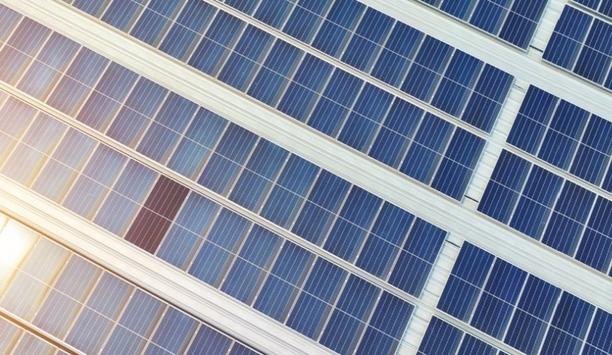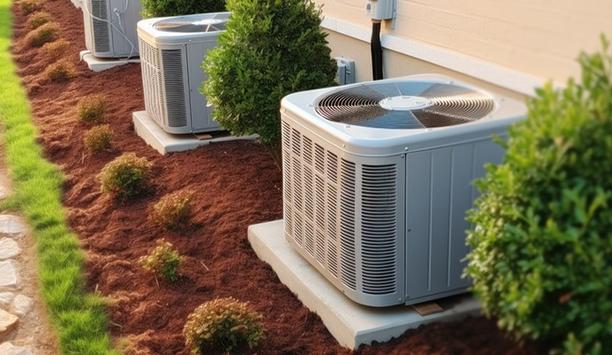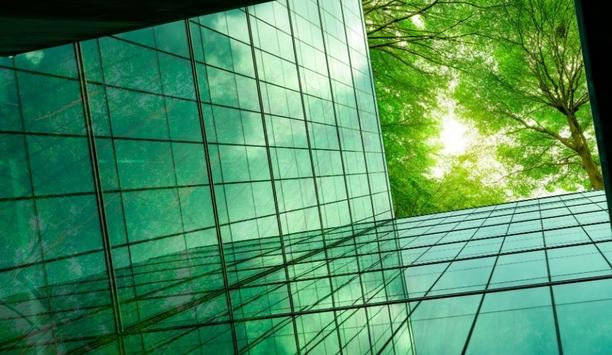The cannabis industry offers unique challenges to the HVAC market, including the need to create an optimum indoor grow room environment that perfectly balances variables such as temperature, humidity and airflow at each stage of a plant’s growth cycle. The consequence of a system failure could be the catastrophic financial loss of an entire crop. Despite these weighty challenges, there is opportunity aplenty for HVAC installers in the emerging cannabis industry.
Legalized cannabis is expanding - there are currently 33 states that have legalized marijuana for medical use and 14 that allow recreational use of the drug among adults. Changing attitudes toward marijuana suggest a trend toward even greater acceptance - and growth. According to a Pew Research study, 67% of Americans believe marijuana use should be legalized, a number that has doubled since 2000.
federal government guidelines
The percentage of adults aged 50 to 64 who report using marijuana has also doubled in the past decade to 9%, and use among adults 65 and older has jumped seven times to 3% in the last 10 years. Even wider acceptance has grown around cannabidiol or CBD oil, a natural compound found in cannabis plants that is non-psychoactive and provides a variety of health benefits such as relieving pain, lowering anxiety, and fighting depression.
However, marijuana is still considered a controlled substance under U.S. federal government guidelines
However, marijuana is still considered a controlled substance under U.S. federal government guidelines. A practical impact of the prohibition is a hesitancy of banks to provide services to these businesses lest they face money laundering charges. However, the American Bankers’ Association has been seeking to bridge the gap between federal and state law and achieve legal clarity.
plant life cycles
In addition to providing easier capital for cannabis businesses, access to banking would lower the risks and inconvenience of marijuana companies having to operate on a cash basis. For thousands of years, cannabis grew outdoors. However, its prohibition drove cultivation indoors without the aid of sunlight. In any case, an indoor environment can be more closely controlled. However, finely tuned growing environments are a recent development since growing became legal.
Cultivation techniques that are less-than-ideal are a lingering result of the Black Market era. A big challenge for HVAC professionals looking to enter the cannabis market is a requirement to understand the unique needs of growers, from controlling humidity and heat to understanding plant life cycles. Controlling these elements maximizes the health and chemical profile of the final product. An integrated, centralized system can manage temperature and humidity most effectively.
control air flow
Syncing a system with smart devices can help to display real-time conditions and enable adjustments on the fly. Higher levels of engineering and design skills are involved. There is no one-size-fits-all system because needs vary according to the specific strains and desired potency of plants. Specific ranges of temperature and humidity vary for each crop. Odor management is another issue that must be mitigated.
Applying the industry’s current menu of options to a cannabis facility may not yield suitable results
One option is an Indirect-Direct Evaporative Cooling (IDEC) system, which uses up to 80% less energy and provides flexibility to control air flow and humidity. The costs of an HVAC system for a grow room are high - four to five times as much as a traditional system. Even a small project could cost $50,000 or more.
remote monitoring systems
Applying the industry’s current menu of options to a cannabis facility may not yield suitable results; rather, there are new systems being developed that are specifically geared toward the new industry’s needs. Specialized HVAC systems for cannabis will continue to emerge. Because so much is at stake in case of an HVAC failure in a cannabis application, there is greater need for remote monitoring systems that can provide an instant alert of any issue with the HVAC system.
There is also a greater need for redundancies to avoid failure. Technicians must be on-call 24 hours a day. Energy consumption is another concern. In addition to power-hungry HVAC systems, energy is also needed for specialized lighting that may be on 24 hours a day. Alternative technology such as solar panels can reduce operating costs.





































